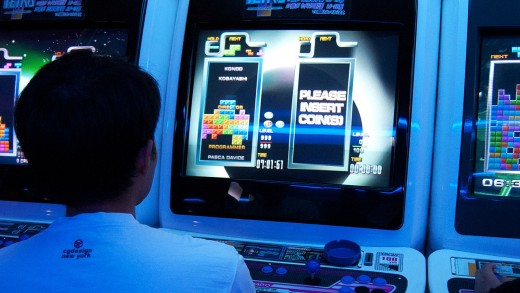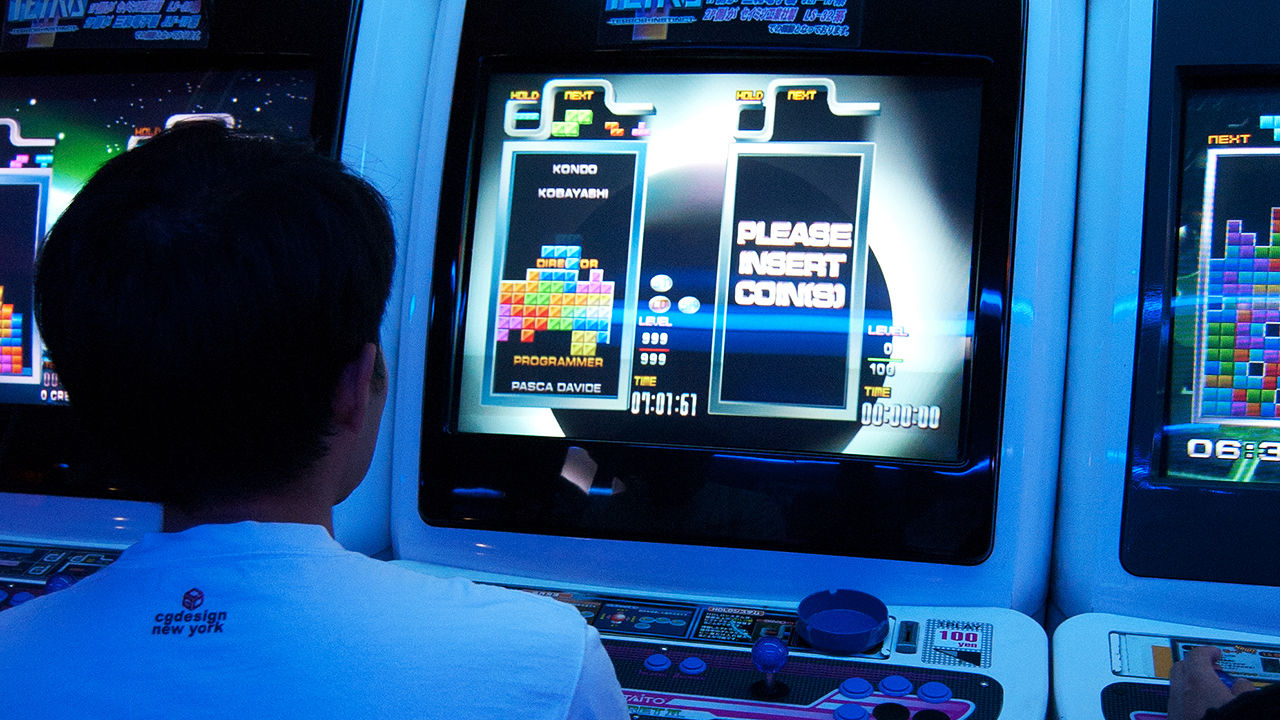How Tetris Can Prevent PTSD
July 10, 2015
Playing the game while the memories are still forming can create a “cognitive blockade.”
There are plenty of therapies for treating post-traumatic stress disorder—a mental illness that impacts up to 8% of Americans—but few can stop it in its tracks. Enter Tetris. Scientists believe that playing the throwback video game shortly after a traumatic event may help prevent patients from developing PTSD. Why? Because the game’s visuals help form a cognitive bulwark against traumatic memories.
Past studies have shown the strategy is effective when played within four hours after experiencing a traumatic event. But a new study has even more promising results: It showed that even the day after a trauma, playing Tetris still helped lower the incidence of PTSD.

Emily Holmes, at the Medical Research Council Cognition and Brain Sciences Unit, in Cambridge, U.K., conducted the study that resulted in these promising findings. First, Holmes asked 56 people to watch disturbing footage. “They were clips from public safety videos, for example, so they were designed to stay with you,” Holmes told New Scientist.
A day later, the subjects were shown still images from the video they’d watched, which served to get the memories back into a part of the brain where they could be affected. Then, half of them spent twelve minutes playing Tetris. The control group did nothing. Over the next week, the Tetris group had 51% fewer intrusive, traumatizing memories of the video than the control group, and also scored lower on a relevant section of a questionnaire used to diagnose PTSD.

So what is it about Tetris that makes it so powerful in reshaping these kinds of memories? Holmes believes it’s the visual aspects of the game that cause people to displace their prior memories. Anyone who’s watched a particularly gruesome horror film knows it’s visual images which stick with you the most. For Holmes’s trauma victims, revisiting the trauma-inducing images placed them into a mental state where their memories were more “plastic,” meaning they could be molded and altered. Then, by playing Tetris—which requires paying attention to shapes and spacial mechanics—their brains were diverted as they used their visual processing to win the game instead of focusing on the trauma. This created a “cognitive blockade,” reducing the power of traumatic memories.
“We started with Tetris because there is previous research showing that it uses up visual attention,” Holmes says, but she thinks that other games using visual processing, like Candy Crush, could likely be effective as well. Holmes team is already testing using the game in hospital emergency rooms on people who have just experienced trauma. “Think of it like hand washing,” she says. “Hand washing is not a fancy intervention, but it can reduce all sorts of illness. This is similar—if the experimental result translates, it could be a cheap preventative measure informed by science.”
[via New Scientist]
(91)




